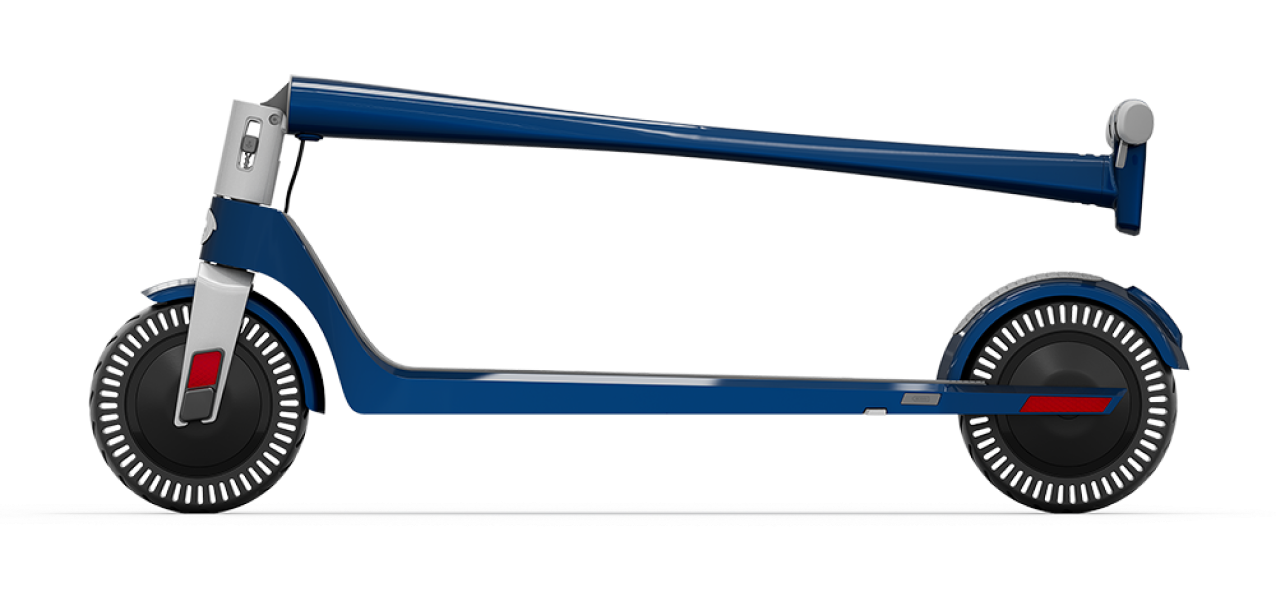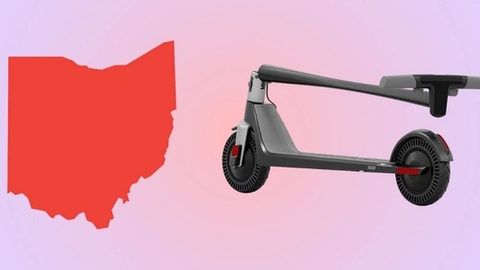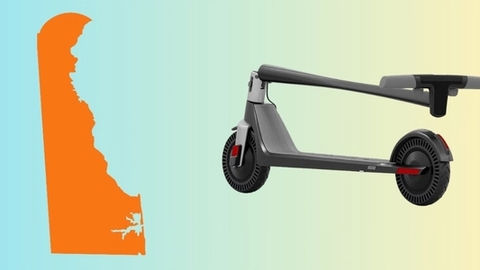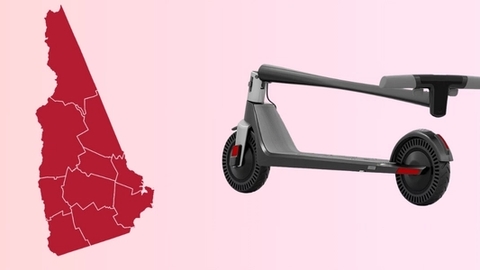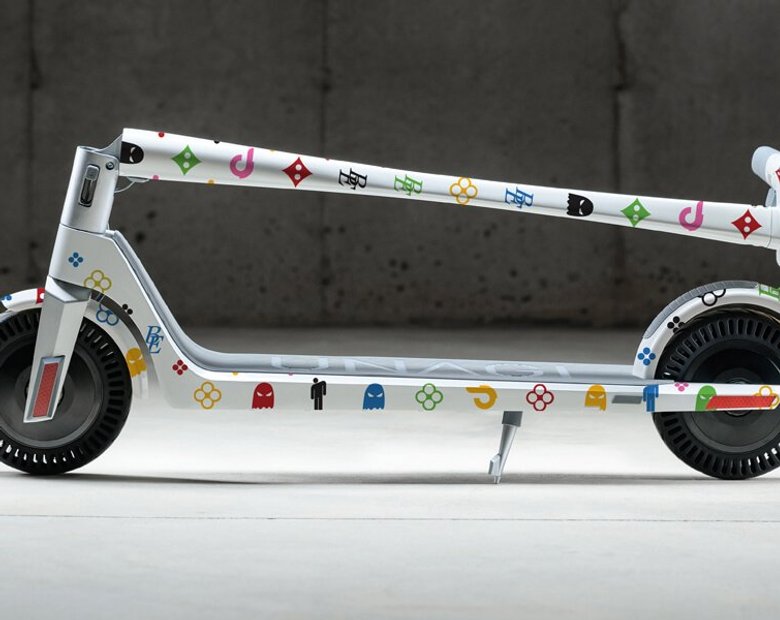Micromobility is here to stay, and it’s changing how we experience urban life for the better. With Unagi’s membership program, you can enjoy all the benefits of a top-tier electric scooter without the sky-high price of ownership or the inconvenience of ride-sharing.
Electric scooters are becoming an increasingly popular mode of transportation due to their ease of use, low maintenance, and convenience. But with all battery-powered vehicles, proper care and maintenance is essential if you want them to last a long time. E-scooters are no exception.
And while electric scooters are relatively easy to maintain compared to other forms of transportation, they still need some attention, especially for the delicate electrical and moving parts. In particular, the battery needs to be given extra attention since it's one of the more sensitive and crucial parts of the vehicle.
Taking time to check on your electric scooter's battery may seem bothersome, but it will save you money in the long run by avoiding costly repairs, avoiding any potential hazards of battery neglect, and making sure the scooter's battery performs as intended over its lifetime.
Today, we're going to discuss all things related to electric scooter battery safety, from how best to recharge them to tips on how to store your scooter when not in use. So if you’re ready for some "juicy" info on looking after e-scooter batteries like a pro, let's get started!
Battery Checklist
When it comes to the safety and longevity of your electric scooter battery, there are some essential points you should pay attention to:
- Try to avoid generic batteries and stick to original battery brands e.g LG, Samsung; these typically come with longer warranties, better guarantees, and have the highest quality cells.
- You'll want to ensure that your electric scooter battery has been certified by the applicable standards authority such as CE or UL, and is made with high-quality materials.
- The battery should be free of any visual defects
- Check that the battery has compatible voltage and amp ratings for your device.
- Check on warranty information in case something goes wrong down the line.
- The electric scooter battery should have some sort of Battery Management System (BMS) installed in it. The BMS helps to automate and streamline the management of the individual cells, monitoring current, cell voltages, temperature, and other vital information to ensure the safe, reliable operation of the battery pack.
It keeps all these values within predetermined parameters that guard them against overcharging or overdischarging, overheating, excessive voltage sag, and internal short circuits that could cause potential damage or instability.
In essence, it acts as a guardian angel for your battery's health.
How to Care for the Battery When The Electric Scooter is in Use
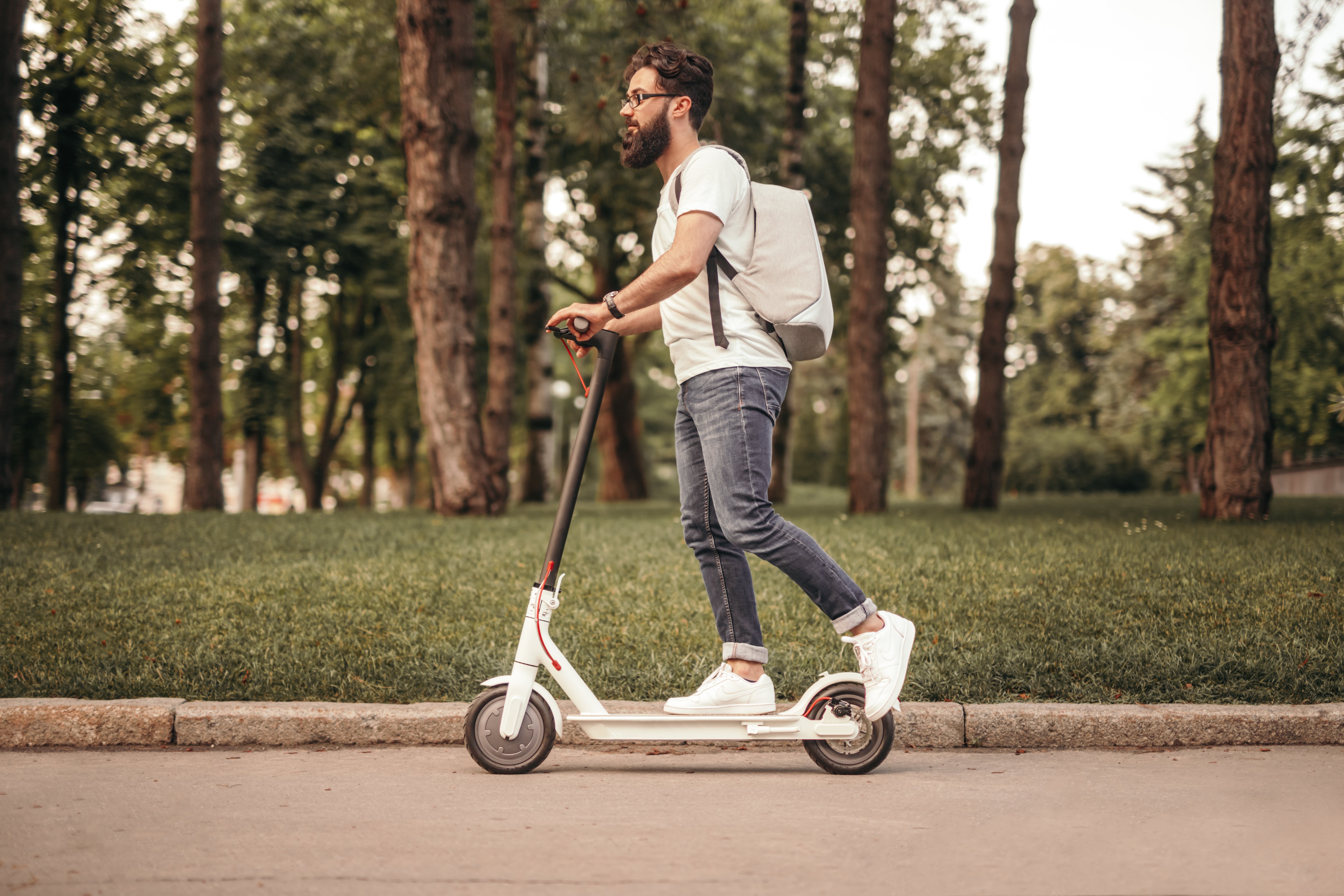
To keep your battery performing optimally, you should:
- Inspect your electric scooter battery regularly for signs of damage or wear before any ride. If you notice any cracks, leaks, or other damage, stop using the battery pack immediately and dispose of it properly.
- You should always use the battery in accordance with the manufacturer's recommended temperature range- generally, this ranges from -4°F to 140°F (-20°C to 60°C), so be sure to check the manual for the specific range for your particular model. Anything outside of these predetermined parameters can not only reduce they battery life, but also cause undesirable effects like battery performance issues or even safety hazards.
- Riding in the rain or exposing the electric scooter to other forms of liquid damage is a big no-no. While scooters may be IP rated, there is still a chance that moisture could get inside and cause electrical malfunctions. Not only will this void the warranty provided by the manufacturer, but it's not even safe to ride in the rain anyway. Reduced traction and visibility can result in an increased likelihood of slipping or other dangerous accidents. If you do happen to ride in these conditions, make sure you thoroughly wipe down your electric scooter afterward so as to reduce the risk of damage.
- Avoid riding in excessively dusty conditions as much as possible. Dust, dirt, and other debris can endanger the electrical components of your vehicle by causing short circuits.
- Avoid overloading the battery with additional electrical components, such as aftermarket parts or power-hungry electronics, which put extra strain on it. Too much of a draw from these devices can increase the likelihood of over-discharge damage.
- Heat is one of the worst things for li ion batteries. Avoid exposing them to direct sunlight or leaving them in hot cars.
How to Care for the Battery When Charging the Electric Scooter
You should observe the following practices when charging your electric scooter to prolong battery life:
- Make sure you're using a compatible original charger for your lithium-ion battery. Using the wrong charger can damage the electric scooter's battery and potentially cause a fire or explosion. Check the manufacturer's instructions to determine what charger is recommended for your particular battery pack.
- It is important to use the rated voltage while charging or the slow charging option your electric scooter provides for the best long-term performance. This helps ensure the battery follows its natural charge cycle without putting additional stress on it. While fast chargers are great for emergencies, try to avoid relying on them too frequently because they can cause plating and overheating, which could decrease the battery life and performance in the long run.
- After a long ride, give your battery pack a little break and some time to cool off before continuing with other processes, such as charging. High temperatures on their own will affect the workings of the battery, so throwing other stressors like charging into the mix without prior cooling down could trigger undesired chemical reactions inside the battery cells.
- When charging your lithium-ion battery, it's important to avoid extreme temperatures. If it's too cold, the battery will take longer to charge, and below 0°c, the battery won't charge because of plating and reduced ion and electron movements.
If it's too hot, the battery could overheat and become damaged. The sweet spot for charging these battery packs is between 41-114°F(5-45 °C), so ensure you're somewhere within this temperature range for optimal care of your electric scooter. Furthermore, it's also important to ensure that you charge the electric scooter in a well-ventilated area, as this will prevent any kind of buildup of heat during the charging process.
- It's important not to leave the electric scooter's charger plugged in overnight—once the battery reaches 90% of its total battery capacity, it should be unplugged from the power source. Doing so prevents overcharging, which can cause decreased performance and disrupt the electric scooter's lifespan. Nowadays, most electric scooter batteries have a BMS system that keeps them from getting overcharged, but technology can sometimes fail, so it's always better to be safe than sorry.
- Refrain from having your electric scooter fully discharged before recharging it. Doing so will compromise your battery life, so make sure that doesn't happen too frequently. To ensure your battery stays in top condition, try not to let it dip beyond 30% of its maximum battery capacity whenever possible. Again modern battery management systems will also protect the battery from over-discharging once the pre-set discharge limit has been reached.
How to Care for the Battery When the Electric Scooter is in Storage

Obviously, you won't be using your electric scooter every day of the year; there are bound to be occasions when it needs to be stored away for long periods, such as during the cold winter months.
Unfortunately, when the electric scooter isn't used regularly and is left in long term storage, many people forget that its battery will still require ongoing maintenance. If this doesn't happen, then the battery's capacity will start to diminish over time - leading to premature battery replacement
Fortunately, electric scooter battery maintenance while it is in storage is relatively straightforward and takes just a few minutes each month.
Here are a few tips:
- Disconnect the battery pack from the electric scooter. Depending on the model, this can either be a simple process or require slightly more effort. If the scooter has a removable battery, it is simply a matter of unplugging it and pulling it out of its housing to break the energy connection.
However, the average electric scooter has permanent batteries that cannot be easily removed - in this case, the battery must be disconnected by unplugging the cords connecting it to its terminals. This will serve two main purposes: stopping energy from being passively drained from the battery and preventing corrosion from forming around the terminals, a reaction that's more common with a lead acid battery.
- Ensure you charge the electric scooter battery before storing it. Ideally, the battery should be charged to 50-60% of its battery capacity and checked periodically during storage to ensure that the level does not fall below this. Lithium-ion batteries naturally self discharge at a rate of 1-2% per month, so it's recommended to recharge them every one or two months. Lead acid batteries, on the other hand, have a higher self discharge rate and should be recharged after every 15 days.
Monitoring voltage regularly can also help prevent your electric scooter battery from entering “sleep mode,” which occurs when the battery voltage drops below a certain level. - Store your battery in a well-ventilated, cool, and dry location when not in use. Exposure to extreme temperatures can cause unwanted damage to the battery, so keep your battery away from direct sunlight or heat sources such as radiators or anywhere hot, like a car boot during the summer months.
The optimal temperature for storing the battery is roughly 15 °C (59 °F) to room temperature (20 °C, 68 °F), but anything between 5 °C and 20 °C (41 °F and 68 °F) will also work fine. However, be sure to keep it away from temperatures below -5 °C or above 50 °C, as these can cause damage to the battery.
Moisture can also be one of your electric scooter's worst enemies, causing corrosion to parts and potential electrical issues due to condensate accumulation. To ensure the longevity of your electric scooter and the battery, it is imperative that you protect them from excess moisture. Using a dehumidifier to keep the relative humidity in your storage area at or below 50% is a great way to stay ahead of moisture buildup. Of course, if you live in a humid climate, this may not be practical, in which case investing in an electric scooter cover to provide an extra layer of protection would be wise.
- Ensure that the battery does not come into contact with metal objects or other battery terminals. A short circuit caused by contact with a metal object could cause a serious fault, potentially resulting in significant damage to the battery. To protect against such risks, it is highly recommended to invest in terminal covers that will provide an extra layer of protection. Additionally, when placing the lithium-ion battery in storage, utilize cabinets and shelves intended for this purpose, and away from other tools and machinery.
- It is never a good idea to stack heavy objects on top of battery cells or scooter decks as this can cause them to become deformed and potentially put strain on the cells. Deformation can lead to leaks or malfunctions, making the battery packs not only unsafe but also ineffective.
After Use-Recycle it Properly
When your li-ion battery is all used up, don't just throw it in the trash. There are far better ways to get rid of it that are great for our environment. Recycling these battery packs not only keeps hazardous materials and chemicals out of landfills, but it also allows those toxic materials to be safely broken down and reused with minimal environmental impact.
Fortunately, depending on where you live, your community may have special recycling programs for discarded lithium-ion batteries. If not, don't worry; most local recycling centres accept these types of batteries and will know what to do with them.
So do the environmentally friendly thing and make sure that your old battery packs go where they belong: the recycling bin.
How Long do Electric Scooter Batteries Last if Properly Maintained?
Batteries may have different lifespans depending on the type and quality of the battery, as well as its age and usage habits. With proper use and maintenance, a high-quality electric scooter battery typically has a lifespan between 2 to 3 years (roughly 300 to 500 charge cycles) before needing a replacement.
This translates to an impressive return on investment of about 3000-5000 miles over the course of that time. If neglected though, expect to receive far lower usage and a significantly reduced lifespan.

Stay current with the latest U.S. electric scooter laws in our 2025 guide. Updated annually since our first comprehensive guide, ensuring you have the most recent state and city regulations to ride responsibly”
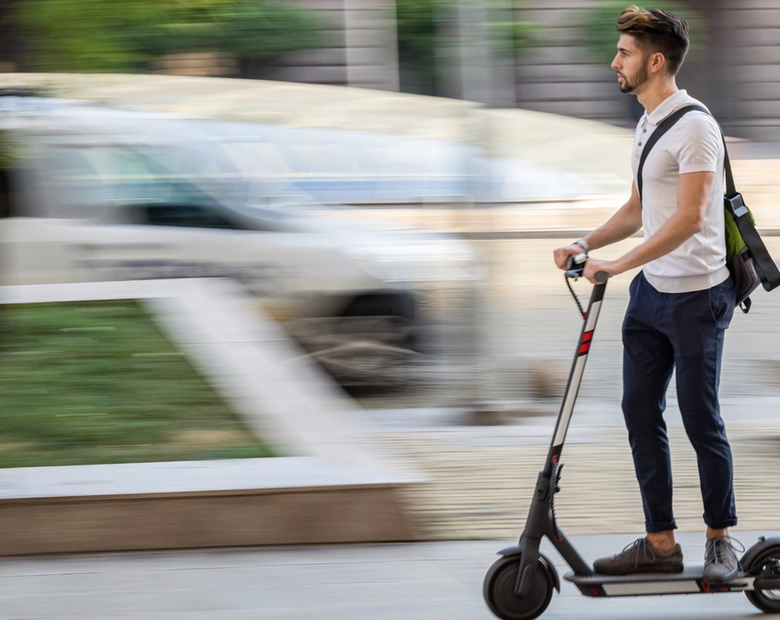
The Slack Core 920R is currently the fastest electric scooter in 2025 that you can purchase without the need for pre-order.
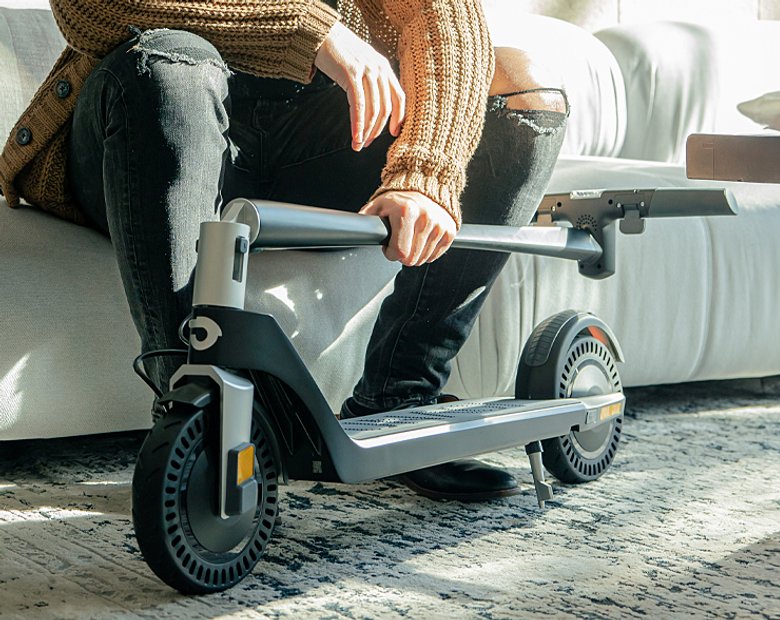
Our selection of the best electric scooters 2025 spans the fastest e-scooters to the most portable ones, the ones designed for city riding and off-road, the best scooters for rain, budget electric scooters for students, and more powerful ones for skilled riders.
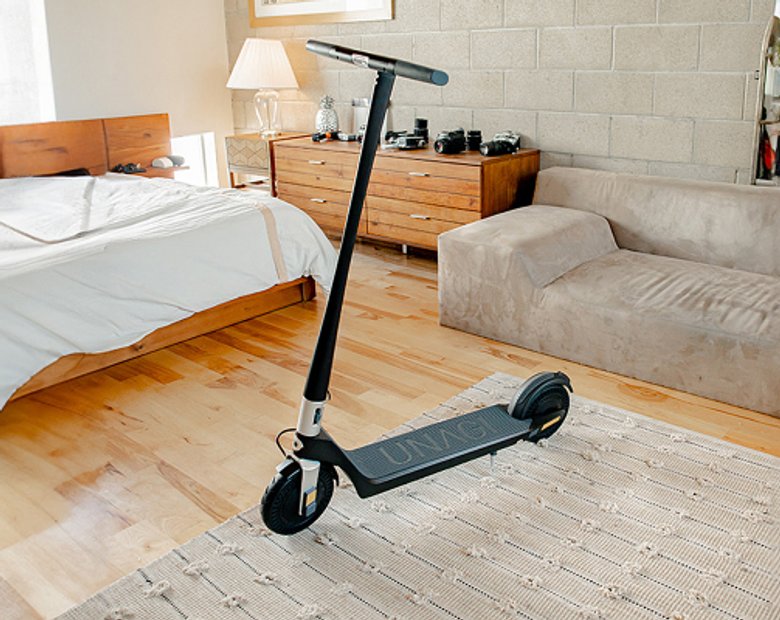
The Unagi Voyager is the best lightweight electric scooter for adults and teenagers. It is the ultraportable sequel to its predecessor, the Unagi Model One Classic.

If you're wondering whether an electric scooter with a seat is right for you, this is a detailed article that would suit your need.
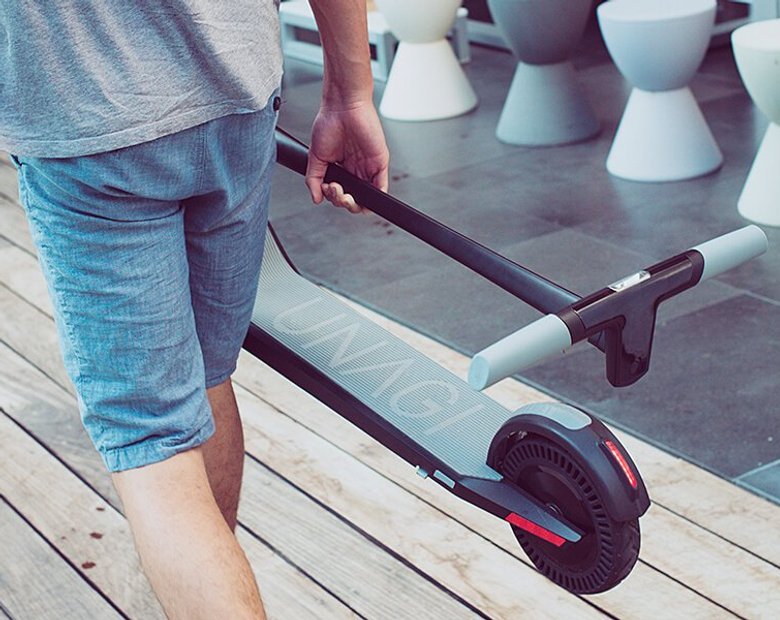
Understand which personal electric vehicle is best, the choice between an electric bike or electric scooter might already be made for you by some critical factors, including portability and storage capacity.
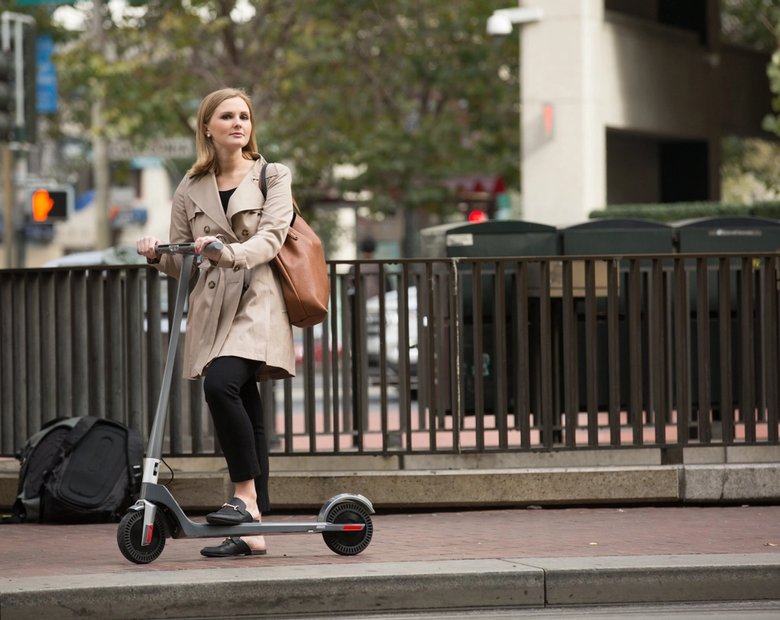
In the U.S., most states don't require a license. For those that do, they usually just ask for a regular driver's license or a learner's permit.

Yes, you can bring an electric scooter on a plane, but it needs to have a lithium battery smaller than 100 watt-hours, which most don't.

Manufacturers advise against riding electric scooters in the rain. The main reasons are: water can fry the electronics, make the ride dangerous, and void your warranty.

The basis and the premise of my work is that we either operate out of love or we operate out of fear...Time is currency. The coolest thing about the scooters is that it's really quick, and it goes uphill. From there, traveling more efficiently and having a good time doing it--I think that's the most important thing.

Cynthia Leu has a full plate. A tech worker by day, Cynthia spends her off time balancing the parallel lives of a powerlifter, entrepreneur, mental health advocate, and more. Riding Unagi helps this USMC veteran cut down on everyday…

https://www.youtube.com/watch?v=7m2hVBE62LY Rasheed Muhammad is sick of Los Angeles traffic. In order to preserve his sanity, Rasheed has traded his everyday driving habit for the portable and beautiful Unagi Model One. It’s an essential accessory for navigating LA streets -- and…

Rich Lee, Co-Founder of San Francisco’s SPRO Coffee Lab, wants to share his love for coffee with the world. He depends on riding Unagi to avoid the hassle of navigating the parking crunch in the booming Mission Bay neighborhood.…


